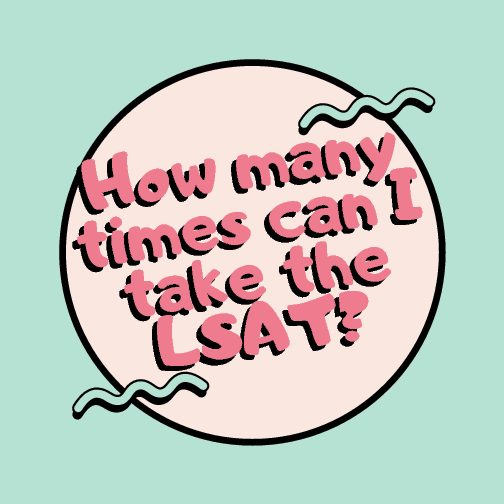Help, I’m Running Out Of LSAT Preptests!
More than 80 practice tests are now available to study for the LSAT. This may seem like a lot; indeed, it’s enough material to study for months without repeating a single question. Yet it’s actually quite possible to run out of unused preptests, and many students find themselves in this exact situation every year.
How is this possible?
Retaking the test is increasingly common these days, and for good reason: diligent studiers tend to improve a couple points or more on each retake. Since law schools are heavily incentivized to consider only an applicant’s highest score, a couple points can make a big difference in where you end up going to school and how much scholarship money you receive.
Given this fact, it’s easy to see why one, two, or even three retakes may be perfectly sensible for some applicants.
But after studying for a retake, it’s fairly common to reach a point where you have seen every published LSAT problem (or at least nearly all of them). So what should you do when you’re running low on, or are completely out of, fresh LSAT preptests?
Early in my career as an LSAT tutor and teacher, I saw little value in redoing questions you had seen before. When repeating the problem–especially in logical reasoning–it seemed inevitable that your brain would remember the correct answer as soon as it spotted it in the answer choices and take the “shortcut,” arriving at that answer through memory rather than reasoning.
But with the benefit of experience, I’ve come to realize that there’s great value in redoing questions that you’ve seen before. This kind of practice can even help you build pattern recognition in a way that doing only fresh problems cannot.
To effectively reuse tests, however, you must ensure that you are reasoning your way to a solution rather than simply remembering it. To do this, we recommend one simple but very powerful trick:
Attempt to explain how you got to the answer as if you are teaching it to someone else. Why is the answer you chose correct? Why are the other answers wrong? Support your explanations with logic. For added benefit, you can even write out the explanation (we recommend doing this especially on the hardest LR and RC problems).
When you explain the reasoning to yourself or someone else (a study buddy or another student on our forum, perhaps), it forces you to see past the language and extraneous details of the underlying problem. If you lack the vocabulary to explain the structure of a problem, chances are that your understanding of that problem is incomplete, so redoing the problem will provide an opportunity to resolve that.
Particularly with LR, being able to successfully identify the type of reasoning in the problem and analyze its logical features is evidence of real mastery. You can apply this mastery quickly the next time you see a problem with similar logical features. If you don’t feel confident in your ability to discuss the logic behind LSAT problems, take our course and you’ll be analyzing questions like a logician in no time.
How To Use Old Preptests In Practice
Even though reusing old preptests is unlikely to simulate test conditions as accurately as unused preptests under timed conditions, I don’t recommend abandoning timing completely. On the first pass of the test, you should still work under the same timed conditions that you will face on test day. Mark very difficult questions and any other question for which you’re unsure of the answer so you can easily come back to review these later.
After completing the first pass, review the questions you marked, being careful to follow the process enumerated above of (1) verbalizing why you picked a given answer choice and why you rejected others and (2) describing the logic to the best of your ability. If you’re unsure of your reasoning, feel free to post it on our forum to check your work.
After you’ve performed your best analysis of the problems, you are now free to check the answers and attempt to understand where you went wrong if any were incorrect. Again, focus on the underlying logic and make sure you can see how to correctly arrive at the solution.
If there is one certainty on the LSAT, it’s that when you see a pattern on a preptest question, that same pattern may appear on a later test (possibly the one you actually take on test day). So no matter how many times you have to go back to it, it’s critical that you understand every problem that you encounter. This is where reusing old preptests will really come in handy.
Need More Help?
Junbi is here to help you achieve your desired LSAT score. Enroll in our course to improve your mastery of LSAT logic, or click here if you feel you would benefit from one-on-one tutoring to walk through difficult problems and LSAT strategies.
We are currently offering a free 20-minute consultation and tutoring rates as low as $40/hr.





